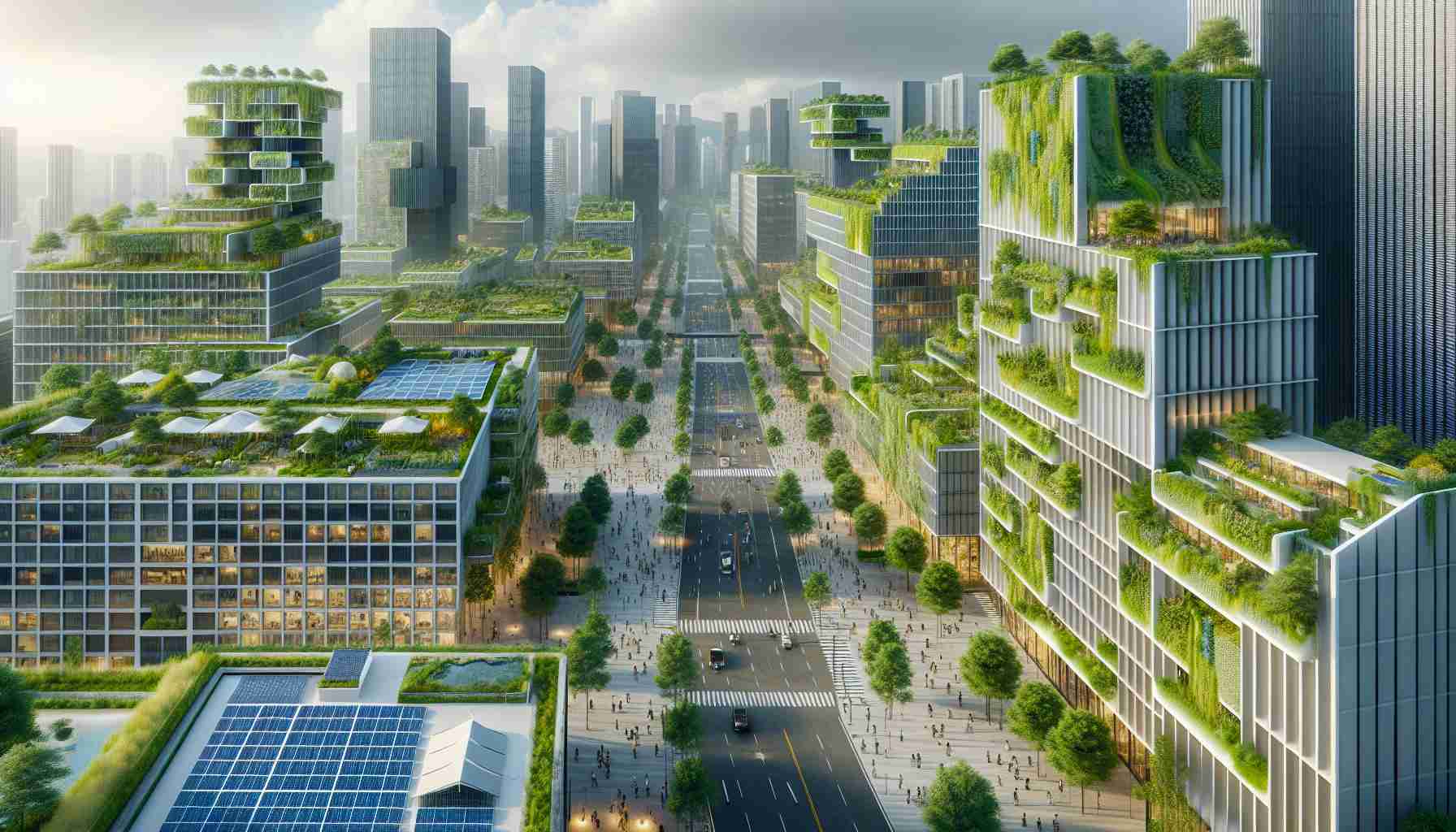A New Era in Urban Development: Witnessing the transformation of urban landscapes through innovative design strategies is a mesmerizing experience. Delve into the dynamic and cutting-edge approaches reshaping cities across the globe, moving beyond conventional paradigms.
Empowering Communities with Sustainable Solutions: Embark on a journey where urban planning converges with sustainability, fostering a harmonious relationship between nature and infrastructure. Explore how cities embrace eco-friendly initiatives to create thriving environments for generations to come.
Celebrating Architectural Diversity and Inclusivity: Experience the vibrant tapestry of architectural styles that define modern metropolises, reflecting the unique identity and cultural heritage of each community. Discover how inclusivity takes center stage in shaping urban spaces for all.
Inspiring Change through Collaborative Efforts: Unleash the potential of partnership and collaboration in driving urban innovation forward. Discover how governments, businesses, and citizens join forces to pioneer groundbreaking projects that redefine the urban landscape.
Redefining Urban Living: Immerse yourself in the evolution of urban living spaces, where form meets function in unparalleled ways. From smart cities to green infrastructure, explore the future of urban dwellings that prioritize sustainability and well-being.
Pioneering Sustainable Mobility: Explore the frontier of sustainable transportation solutions that revolutionize the way we move within cities. From electric vehicles to integrated public transport systems, discover how urban mobility is undergoing a paradigm shift towards a cleaner and greener future.
Embracing Cultural Heritage in Modern Design: Witness the seamless integration of cultural heritage and modern design principles in urban development projects worldwide. Experience the rich tapestry of history blending harmoniously with contemporary architecture to create vibrant urban spaces.
Transforming Urban Paradigms through Technological Innovation: Delve into the realm of smart cities and digital transformation, where technology plays a pivotal role in shaping the urban fabric. Explore how data-driven solutions are revolutionizing urban planning and governance for a more efficient and sustainable future.
Exploring the Future of Sustainable Cities: Journey into the realm of sustainable cities and eco-districts, where green initiatives and circular economy principles drive urban development. Discover how cities are embracing resilience and adaptation to create vibrant, livable environments for all.
Breaking Ground: Unconventional Approaches in Urban Design and Sustainability
When we look at the landscape of revolutionary innovations in urban design and sustainability, there are key questions that arise, pushing the boundaries of traditional urban planning methodologies. How can we integrate nature and infrastructure more seamlessly while fostering sustainable practices? What role does community engagement play in shaping the future of our cities? And how do we address the challenges of inclusivity and diversity in architectural design?
One significant aspect not yet explored is the concept of regenerative urban design, which goes beyond sustainability to regenerate and improve the environment. This approach aims to restore natural ecosystems, enhance biodiversity, and create self-sustaining urban environments. By incorporating regenerative principles into urban planning, cities can transform into vibrant and thriving spaces that benefit both residents and the planet.
A key challenge associated with revolutionary urban design is achieving a balance between innovation and preservation. While pushing boundaries with cutting-edge technologies and design concepts is crucial for progress, it’s essential to also safeguard historical and cultural heritage. Striking this balance requires careful consideration and collaboration among diverse stakeholders to ensure that future urban developments honor the past while embracing the future.
Advantages of embracing revolutionary innovations in urban design include increased sustainability, enhanced quality of life for residents, and economic growth through the development of green technologies and sustainable practices. By prioritizing green infrastructure, sustainable mobility solutions, and inclusive design, cities can create environments that are healthier, more equitable, and resilient to the challenges of climate change.
On the flip side, a potential disadvantage lies in the upfront costs associated with implementing revolutionary urban design projects. Initial investments in innovative technologies and sustainable practices may be higher compared to traditional approaches, posing financial challenges for some cities. Additionally, navigating regulatory frameworks, addressing public resistance to change, and ensuring long-term maintenance of new infrastructure are ongoing challenges that cities face when pursuing revolutionary urban design initiatives.
To delve deeper into the realm of revolutionary innovations in urban design and sustainability, consider exploring resources from organizations like the World Green Building Council (World Green Building Council), which offers insights into sustainable building practices and urban development strategies on a global scale. By staying informed and engaged with the latest trends and best practices in urban design, we can collectively work towards creating more resilient, inclusive, and sustainable cities for future generations.
